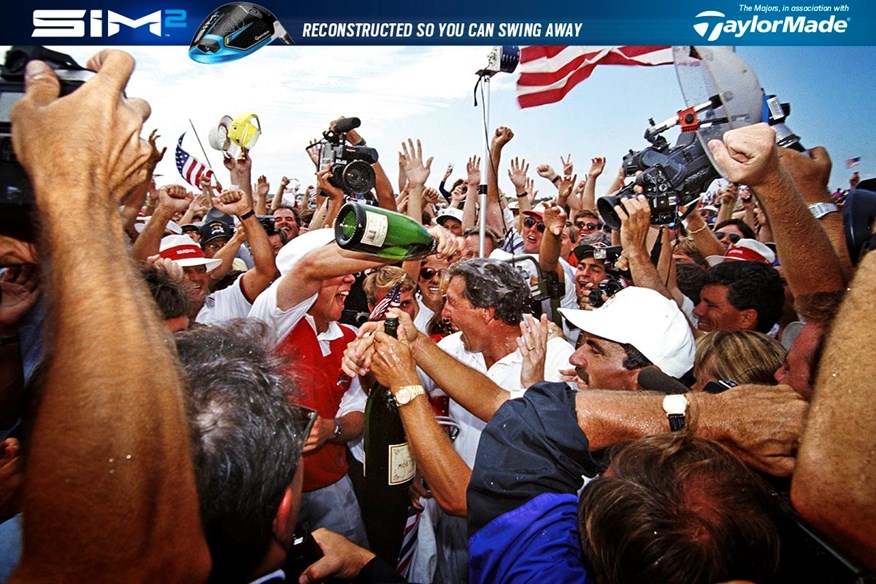US PGA Championship 2021: Another War on the Shore?
Last updated:
Kiawah Island’s Ocean Course plays host to the 2021 US PGA Championship, but was originally built for the 1991 Ryder Cup, the infamous match which was dubbed ‘The War on the Shore’.
Today’s Golfer’s 2021 Major coverage is brought to you in association with TaylorMade.
30 years ago the Ryder Cup turned from genial contest between Europe and the USA into the one of most fiercely-fought event in sports. Here the key protagonists from that week at Kiawah Island relive the events to Bill Fields and John Huggan.
When Padraig Harrington leads 12 passionate Europeans to Whistling Straits for a fierce and, hopefully, classic Ryder Cup encounter with Steve Stricker’s dozen patriotic Americans, the biennial match will be almost unrecognisable from the clash that took place 30 years ago.
Yes, fists will be pumped and bumped, glares and gimmes exchanged, partisan chants will ring loudly from the galleries, and tears of joy and despair will be shed by both. But the imaginary line in the sand that separates passionate, top-level international team sport from bitter, win-at-all-costs political conflict will almost certainly not be crossed.
RELATED: The key holes at Kiawah Island
While we should admire the poise, dignity and respect demonstrated by 24 of the world’s best golfers amid the most intense competition, we also have to accept that, for sheer emotion-inducing drama and skull-crushing pressure, the match in Wisconsin will not hold a candle to the infamous ‘War by the Shore’. Those infamous three days at Kiawah Island showcased sport at its most raw, bitter, cruel and jingoistic.
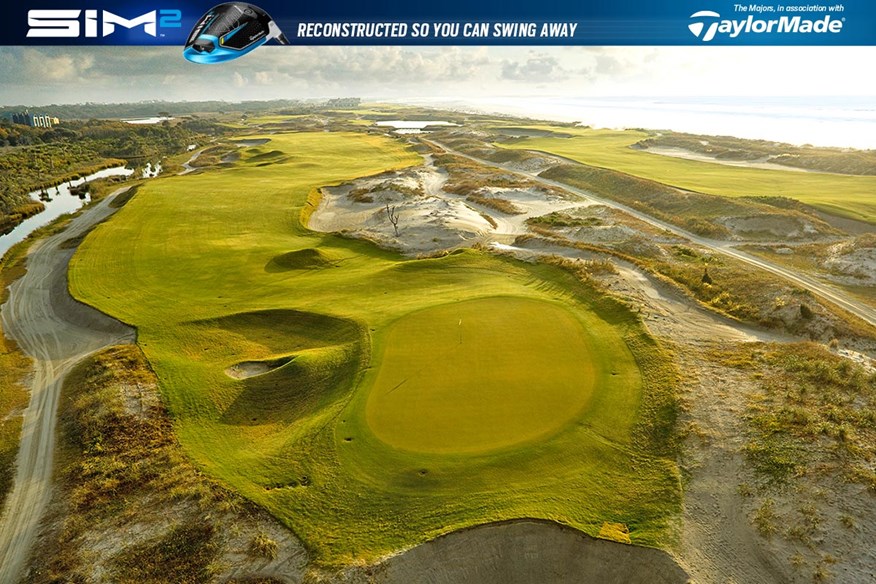
Contributing to the tension and antagonism between the two teams was, quite simply, the timing of the event in South Carolina, played shortly after the conclusion of the Gulf War. American patriotism had reached fever pitch, while the recently united European team was energised by victories in ’85 and ’87. The tie at The Belfry in 1989, achieved after several American players dunked balls into the water on the final hole to lose matches, meant it had been eight long years since the previously dominant US team had tasted victory.
RELATED: How to watch the 2021 US PGA Championship
The 1991 meeting also came slap-bang in the middle of arguably the most dominant period of European golf. Bernhard Langer, Seve Ballesteros, Sandy Lyle and Nick Faldo had notched up a succession of majors, many of which had been celebrated on US soil. Just five months earlier, Ian Woosnam had won the Masters at Augusta National. During the final round, the World No.1, playing alongside Tom Watson, was heckled on almost every hole.
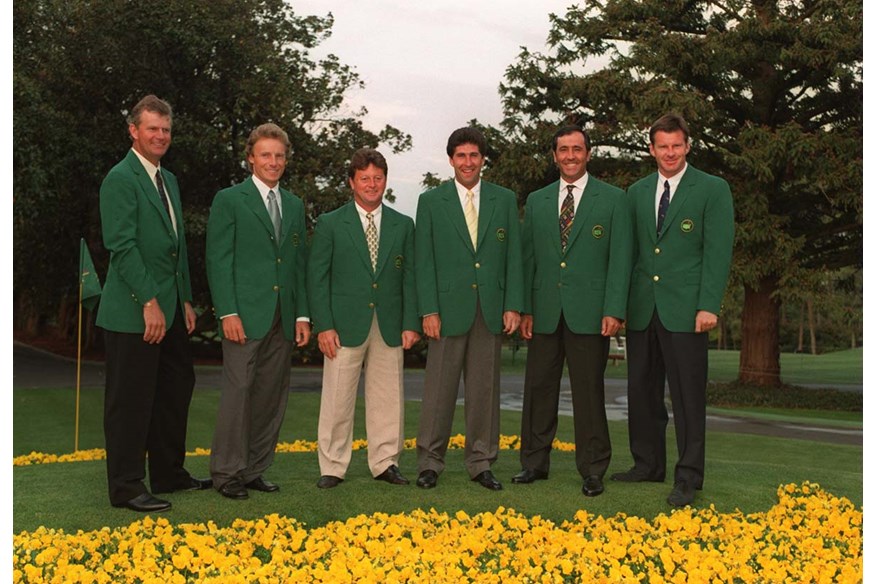
Driving another wedge between the teams was the fact that, in those days, very few Europeans competed on the PGA Tour. Today, all of the players are familiar and at ease with each other – in some cases friends and neighbours. In 1991, that level of camaraderie didn’t exist. Finally, there was the amphitheatre itself – Pete Dye’s notorious Ocean Course, a brutal and windswept 7,400-yard monster that tested the players to their physical and emotional limits.
And so we hand you over to the players, captains and caddies to talk you through one of the most remarkable sporting events in history…
Before the 1991 Ryder Cup: A big wake up call
The blurring of the lines between real life war and a sporting pursuit occurred in advance of the first tee shot of the 29th Ryder Cup. A local radio station declared war on the European team, launching a ‘wake up the enemy’ campaign that saw them make pre-dawn phone calls to their hotel rooms.
Following a ‘welcoming’ dinner in honour of the European team in which US PGA official Jim Awtrey prayed for US success, the nation’s president threw his own weight behind the US campaign.
On the first day of the tournament, President Bush addressed the nation to announce plans to reduce nuclear arms. On the next two afternoons, he opened NBC’s coverage of the Ryder Cup with a taped message of support for the American team.
Mark Calcavecchia: I don’t think anybody really sensed that Ryder Cup would be as big as it got. We blew it in ’89. Four of us hit it in the water on the last hole – I was one of them – and it ended up in a 14-14 tie. Because they won in ’87, they kept the cup. It was definitely heated, but I don’t know how it turned into ‘The War by the Shore.’
Hale Irwin: By 1991, Europe had players who were similar to our players – very competitive, not going to give in… that kind of mentality. Many years ago, they knew what their fate was before they got to a Ryder Cup. But the success they had enjoyed in the 1980s contributed to the bounce in their step, and they were confident players. I’m not saying cocky, but they were very confident… and rightly so.
Bernard Gallacher: We were staying in apartments and the local radio station got hold of some of the phone numbers. The disc jockey seemed to think it was funny to call our players in the middle of the night in the build-up to the event. That went on all week, even during the tournament.
Ian Woosnam: There was a lot of shit like that going on. It left a bit of a bad taste, to be honest.
RELATED: 2012’s ‘Pointless’ US PGA runner-up
Paul Broadhurst: I got a call from the radio station at 5am on the Friday. The guy told me he was part of the ‘anti-European Ryder Cup campaign.’ I won’t tell you what I said!
Hale Irwin: The ‘War by the Shore’ stuff I thought was a bit of a slap in the face to our troops. We weren’t fighting a war. We were playing in a golf event. I didn’t like that, but some people got a little carried away.
Raymond Floyd: For my team in 1989, it was really raunchy in Europe. The European fans had gotten really, really tough and there was some ugliness. Then, when it was dubbed ‘The War by the Shore,’ I said wait a minute, the Ryder Cup’s not supposed to evolve into this. The media created the hype and the frenzy. It wasn’t the players or the captains who did it. Most of us were buddies with these guys.
Ian Woosnam: It was the first time I could remember the atmosphere being hostile at a Ryder Cup. It’s been that way a few times since, usually when the Americans have lost a couple of matches and are desperate to get it back.
Phil Morbley (Woosie’s caddie): The Americans hadn’t won it since 1983 and they were obviously desperate to win, including wearing camouflage hats on the first tee.
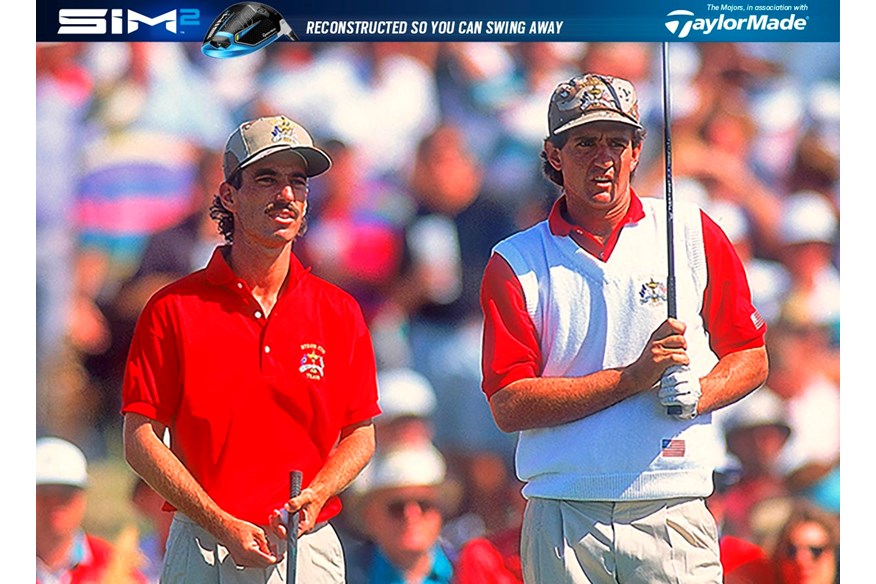
Ryder Cup 1991, Day 1: Combat begins
Stoking the patriotic fires, Corey Pavin arrives on the 1st tee in an American Army fatigue cap. All around him the home crowd chant “U-S-A, U-S-A” in scenes more commonly associated with football.
Bernard Gallacher: There was a lot of patriotism flying about, but I was surprised when Corey Pavin appeared on the first tee wearing his battle fatigue hat. I felt that was rude and unnecessary.
Dave Stockton: It was just about American pride. We’d just come off the Gulf War. We got in, got out, got it done. And that’s how I looked at the Ryder Cup. That’s the reason I had them made. It wasn’t anything against the Europeans, and it wasn’t a war against the Europeans. It was a bonding of us in national pride.
Phil Morbley: My first thought when I saw the Army hats was, ‘Only in America!’
RELATED: Collin Morikawa on life as Major champion
When play begins, Europe struggles to keep pace. Bernhard Langer and Mark James fall 2&1 to Ray Floyd and Fred Couples. Rookies Colin Montgomerie and David Gifford lose 4&2 to Lanny Wadkins and Hale Irwin. And Ian Woosnam and Nick Faldo, are beaten by one by Payne Stewart and Mark Calcavecchia. Only Seve Ballesteros and José Maria Olazabal offer any resistance, battling to a 2&1 victory over Paul Azinger and Chip Beck.
Chip Beck: It was all-out, mano-a-mano with Zinger against Seve. Olazabal and I were just kind of watching. Zinger and Seve liked getting under each other’s skin. Zinger always said, ‘I take it personally.’ That’s what I loved about him – he was a street fighter. It’s what made him so good.
Billy Foster (Seve’s caddie): On the 7th hole, José noticed that Paul Azinger and Chip Beck were swapping balls. They’d play a 100-compression into the wind and a 90-compression downwind.
José Maria Olazabal: When I told Seve, we weren’t sure exactly what to do. We had a message sent to Bernard. When he arrived, we told him what was going on.
Billy Foster: [Gallacher] appeared after the 9th hole, where Paul had just chipped in to go 3-up. At that time, Seve and Ollie didn’t lose. But it wasn’t looking good. The argument broke out on the 10th tee. It got a little heated and a bit nasty.
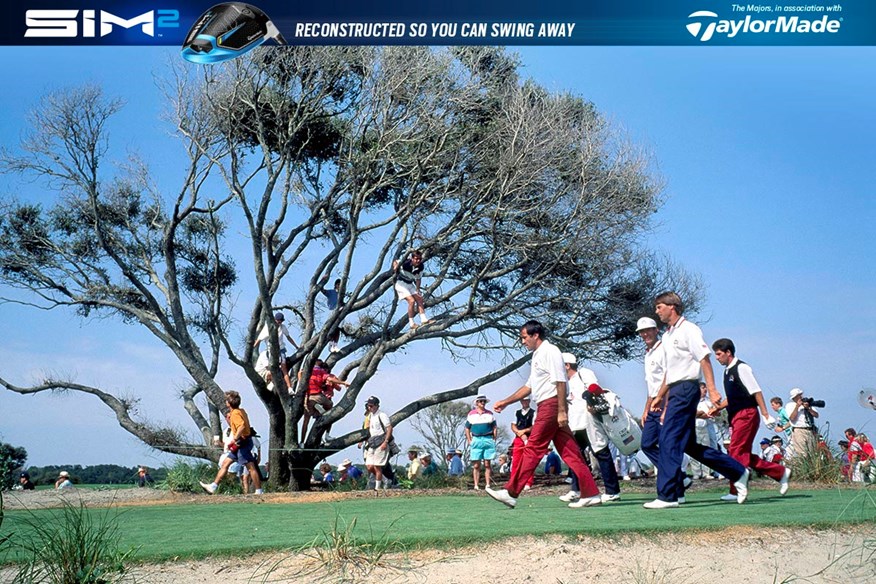
Gallacher: I had to go to the referee and get him to explain the one-ball rule to the Americans. I didn’t want my players involved. But it kicked off when they denied it. Of course, they changed that story when it was clear there could be no penalty. That was disappointing. I said to Paul, ‘If you didn’t know the rule at the 7th, how come you knew it at the 9th?’ Funnily enough, he didn’t answer that.
Billy Foster: At first, Azinger was denying they were switching balls but when he realised they weren’t going to be penalised – they would have had to have been pulled up on the hole where the infraction took place – he changed his story. I can still remember the look of contempt on Jose’s face when Azinger admitted they knew what they were doing.
Billy Foster: As Azinger walked past me to the tee, he said, ‘Nice try.’ I told Seve after they had driven. I’ll never forget the look on his face. He looked like he wanted to kill me, never mind Azinger. I remember thinking the Americans were going to get it now. Sure enough, they did. I don’t know what Seve and Ollie shot – maybe five or six-under for the next seven holes
– and they won 2&1. I was holding the pin when Seve made a 40-footer on the 17th to finish the match.
José Maria Olazabal: We were very clear that we didn’t think Paul and Chip were cheating. But they did break the rule. And when it was clear there was no penalty, we played on. It was that simple. But some of the things said on that tee did inspire us to play better. In foursomes, we were something like four or five-under par for the back nine. On that course, which was incredibly tough, that was extraordinary.
The Spaniards’ heroics secured Europe’s only point of the morning session and sent a message to the US that they wouldn’t raise a white flag. Leading by example, Ballesteros and Olazabal repeated the trick in the afternoon’s four-balls, defeating Azinger and Beck 2&1 again. Europe took the afternoon session 2½-1½ to trail by a single point going into the second day, 4½ to 3½.
End of day one: Europe 3.5 USA 4.5
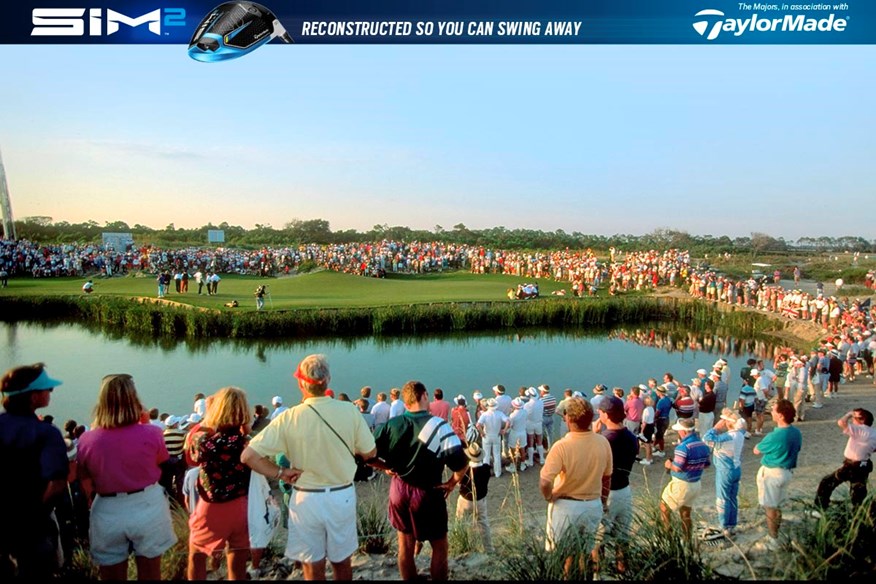
Ryder Cup 1991, Day 2: The big break
On a day when the momentum swung one way then the other, Seve again found himself the centre of attention. Paired again with Olazabal for the morning foursomes, this time they faced Fred Couples and Raymond Floyd and accusations of ungentlemanly conduct. In the afternoon four-balls, Woosnam was paired with Paul Broadhurst.
Raymond Floyd: A player on the first day said Seve was clearing his throat when he was getting ready to pull the trigger. On the second tee Saturday morning, an instant before Freddie [Couples] was going to take the club back, Seve cleared his throat. I went right up in Seve’s face and said, “Look, Seve, that will be enough of that.” He said, ‘Raymond, what did I do?’ I said, “Seve, you know damn well what you did. And there is not going to be any more of that.” And there was not. He’d win any way he could. In my mind, that’s not the spirit of the game.
Ian Woosnam: I was playing all right, but my putting was so bad I felt like I was letting the side down. When Nick and I lost twice on the first day I told Bernard to split us. I felt he’d have a better chance with someone else. And I’d have a rest!
Bernard Gallacher: I was thinking I might have to move the rookies around a bit, but I wasn’t expecting to have to shuffle the World No.1 and the World No.3. I got the pairing wrong. I knew Woosie was friendly with Paul, so I should have put them together earlier.
David Gilford: My partnership with Faldo has been written about a lot over the years. But he wasn’t ‘funny’ with me in any way. He was friendly enough. And he did talk. I’m not sure how the story that he didn’t started. Maybe it was Peter Alliss, who is not a Faldo fan. We lost the first hole, then lost a few more. And suddenly there was no way back.
Bernard Gallacher: There was much talk of a lack of chemistry after, but I’m not sure how anyone could get that wrong with David. It should have worked.
Ian Woosnam: My putting was so bad I asked Paul Broadhurst for help on the way to the 1st tee. I think it shocked him. It broke the ice, though, and sent a message that we were equals. He played great, so it must have worked!
RELATED: Everything you need to know about the US PGA Championship
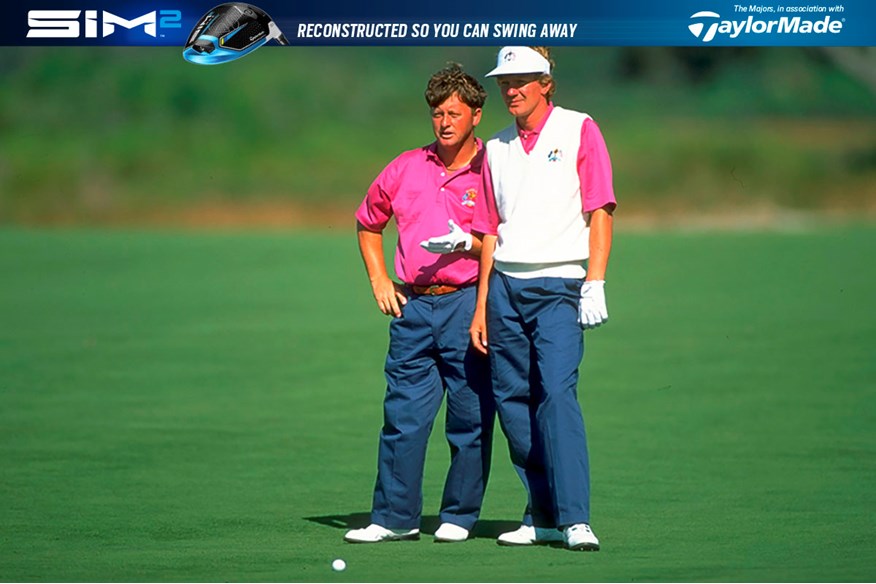
Paul Broadhurst: I had to laugh! The World No.1 – and Masters champion – was asking me for help before my first Ryder Cup match. I wasn’t just there for the ride; I had to pull my weight.
Bernard Gallacher: Seve and Ollie were a huge inspiration to the whole team. I never felt like they were going to lose. And they never did. After their game, some of the American press asked me if the Spaniards were playing slowly to put the other guys off. That was just the most stupid thing I had ever heard. Even the press were trying to put us off!
Phil Morbley: The caddies got into it, too. Steve Richardson’s caddie went over to see what was happening when Payne Stewart got a ruling. Payne’s caddie, Mike Hicks, told him to ‘F**k off.’ It almost ended in a scrap.
After the foursomes, the USA had a three-point lead. But Europe dominated the four-balls – including a 2&1 win for Woosie and Broadhurst – to level the tie.
End of day two: Europe 8 USA 8
1991 Ryder Cup, Day 3: Dodgy dealings
Controversy arrived early on the final day. Ahead of the singles matches, US captain Dave Stockton failed to inform his opposite number Bernard Gallacher of Steve Pate’s withdrawal through the injury picked up in a car crash prior to the event, despite Pate having played Saturday.
Bernard Gallacher: On the Sunday morning I was presented with a new draw that was different from the one I had seen the night before. But they had altered the order without telling me. I wasn’t impressed. I don’t want to sound too cynical, but if Steve was fit enough to play on the Saturday, why could he not do the same on Sunday? What upset me most, though, was that I heard nothing from the US officials. That left me no time to speak to the person in my envelope – David Gilford.
David Gilford: I remember arriving at the course on the Sunday morning. At that stage I thought I was playing. Tony Jacklin actually told me. He said they had to pick someone. I was the one because I had ‘lost heavily.’ My first thought, of course, was that I hadn’t lost heavily on my own. But they weren’t going to drop Faldo. What he [Stockton] did was totally out of the spirit of the matches. Pate was drawn
to play Seve, our best player at the time. So chances were, we would win that match. I was drawn against Wayne Levi, who was having trouble hitting his hat that week.
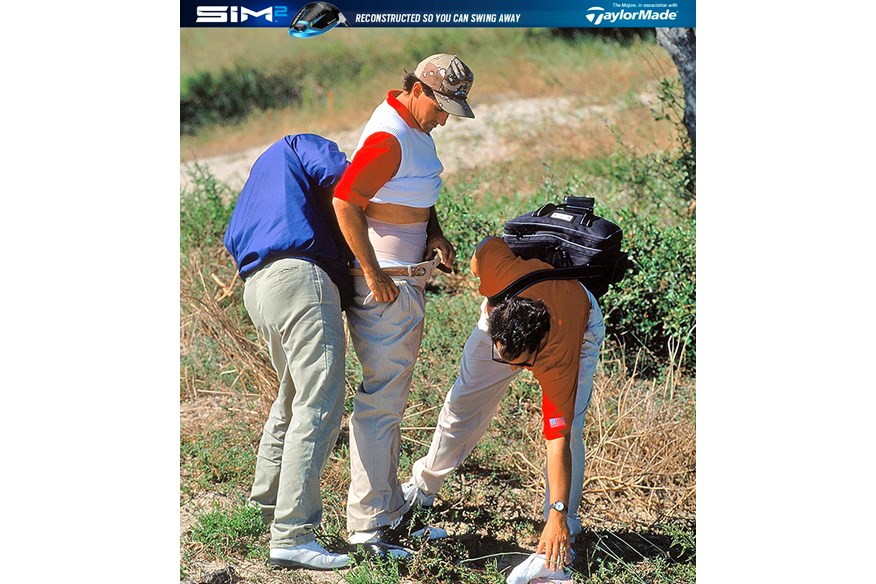
Paul Broadhurst: They obviously had a look knowing that Levi was playing garbage and thought rather than lose two games we might as well get a half from one. It was all a bit dodgy.
David Gilford: Mark Calcavecchia came up to me just before the closing ceremony and said: ‘I’m sorry about today. A few of our guys don’t like what has happened.’ Which was nice of him.
With Nick Faldo and David Feherty on the way to bringing home points in the first two matches, Mark Calcavecchia’s match with rookie Colin Montgomerie assumed added importance.
Mark Calcavecchia: It was huge when I got off to that fast start because it fired everybody up. We had momentum early.
Dave Stockton: My players were ignoring that our first two guys out, Floyd and Stewart, were getting beat. They’re seeing Calc 3-up through 8, 4-up through 9, 5-up through 10. He doesn’t acknowledge it, but he was the reason we won. Yes, he didn’t hold it but the benefit had been gained by him getting that early, big lead.
Mark Calcavecchia: (After going 4-up with four to play) I was kind of losing it. My drive on 15 might have gone to the ocean it was so far right. Lost that hole. I played 16 really well. Good drive, good lay-up then a 6-iron right at it. I was 20 feet from the hole, but over the green in the sand in a footprint. Bogey. Lost that hole. As bad as 17 was for us both, I lost that, too. The worst thing was, after hitting my third shot to about 40 feet, I had a two-footer to win the match. I was kind of praying he’d give it to me, but of course he didn’t and I missed it. When I shook Monty’s hand I didn’t even look at him. I walked off the green and started bawling. I just knew that half-point would cost us.
Roger Maltbie (NBC commentator): When I found Mark, he was crying almost hysterically. His eyes were very swollen. And Peter (Kostis, his coach) told me he had been physically sick.
Despite snatching a draw from the jaws of victory, Calcavecchia’s half point put the brakes on Europe’s charge. The US took five of the next seven points. With just Hale Irwin and Bernhard Langer still on the course, the score was 13.5 each.
Hale Irwin: When the pairings came out Saturday night and I was last, I did the arithmetic of who I thought would win their matches. I told my wife I thought it was going to come down to my match. Little did I know how prophetic that was. I knew Bernhard was going to be a very difficult opponent. I knew I had to play well going out and be ahead for the tough holes coming back in.
RELATED: Who’s playing in the 2021’s US PGA Championship?
Paul Broadhurst: More than once, American balls appeared in the middle of fairways when they seemed to be headed towards places not quite so friendly. Irwin’s drive off the last tee in the last match was headed way left, yet suddenly it was back in play. It’s possible it hit someone in the crowd, but it certainly looked like someone gave it a good kick or threw it back.
Phil Morbley: The only way that could have happened is if someone threw it. There is no doubt in my mind. That was a disgrace.
Hale Irwin: I wasn’t driving the ball real solidly, but I was keeping it in play. I held my own on those first five or six holes into the wind. I got 2-up. When we made that turn going back into the wind, I needed that 2-up advantage. Bernhard hit that low, drilling hook, and that was the shot to play in those conditions. My little wimpy shot wasn’t exactly penetrating the wind. I made a couple of mistakes along the way. And there you have it, we’re playing the last hole all square.
Mark Calcavecchia: When Hale was on the last hole, I’m thinking there was no one better to try to hit a wood on the green than him. Then he fanned the approach and hit a crappy chip. Thank God Bernhard gave him that two-footer for bogey. Hale was nervous as hell.
Roger Maltbie: At that point, the crowd was enormous and completely encircled the green. I was kneeling next to Feherty. When Langer was over his putt, David says, ‘This is bullshit. We’ve all dreamed about having putts to win the Open or the Masters, but nobody wants this putt right now.’
Bernard Gallacher: I was sitting behind the 18th green with a few of the European team. I remember thinking Hale Irwin was struggling with nerves. It looked like he was lucky to finish the hole. Bernhard gave him an 18-inch putt; I’m not sure everyone would have.
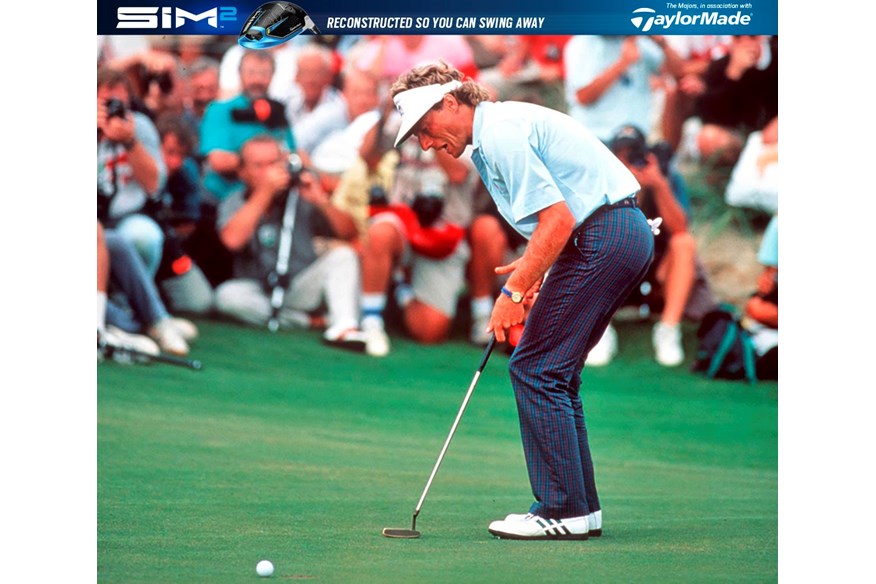
Hale Irwin: I wasn’t wishing against Bernhard or for him. I was a spectator. I’d given everything I could. It was whatever the golf gods deemed it to be. I was hoping he wouldn’t make it, but I was bracing for the fact that he could.
Lanny Wadkins: I totally expected Langer to make it. I don’t think I realised we had won until I looked up and saw Payne running across the green. I went, ‘Oh, shit, we won.’ It’s hard to celebrate a guy’s miss. Bernhard is a nice man. All of us liked him a lot and respected him completely. He’s one of the few players who could have missed that putt and have it not affect his life dramatically going forward.
Raymond Floyd: Some of our guys went crazy like it was the greatest thing that ever happened. My emotion was ‘Wow. I feel bad for Bernhard.’ I was thrilled we won, but you had to feel for him.
José Maria Olazabal: It was a great match, but the atmosphere was not good. It was over the edge. There was too much aggravation from the crowds.
Final score: Europe 13.5 USA 14.5
RELATED: WITB Collin Morikawa
1991 Ryder Cup, The Aftermath: Making waves
Langer’s missed putt ensured the final singles match was halved, securing a 14½-13½ victory for the United States. After an absence of six years, the Ryder Cup was back on US soil.
Paul Broadhurst: Langer was inconsolable, but it was almost inevitable that someone was going
to be in the situation he was. And to be fair, he wasn’t a bad pick for that.
Phil Morbley: Afterwards, there was a bit of banging and crashing in the locker room. Most of the players were shocked by how the Americans had behaved. They won dirty, in my mind. But the lads were okay, really.
Dave Stockton: I have to hand it to the Europeans. They were so classy in the way they acted during the ceremonies. It was probably better than we would have been. If we had lost, we would have been heartbroken, I’m sure.
Bernard Gallacher: I like to think we were gracious losers. It didn’t take us long to get going again, even though there was a lot of emotion in the room. We had a good talk, closed the book and moved on. Besides, it doesn’t take guys like Sam and Woosie long to get a party going.
Ian Woosnam: Seve and Langer were in tears. And Sam. But that’s not unusual; he’s always in tears. It shows you how strongly the guys feel about Ryder Cup. Mark, Sam and I went out to see the fans at the end. We just wanted to say ‘thank you.’ They’d come a long way. They carried us on their shoulders all the way to the middle of the stage. It was an amazing feeling.
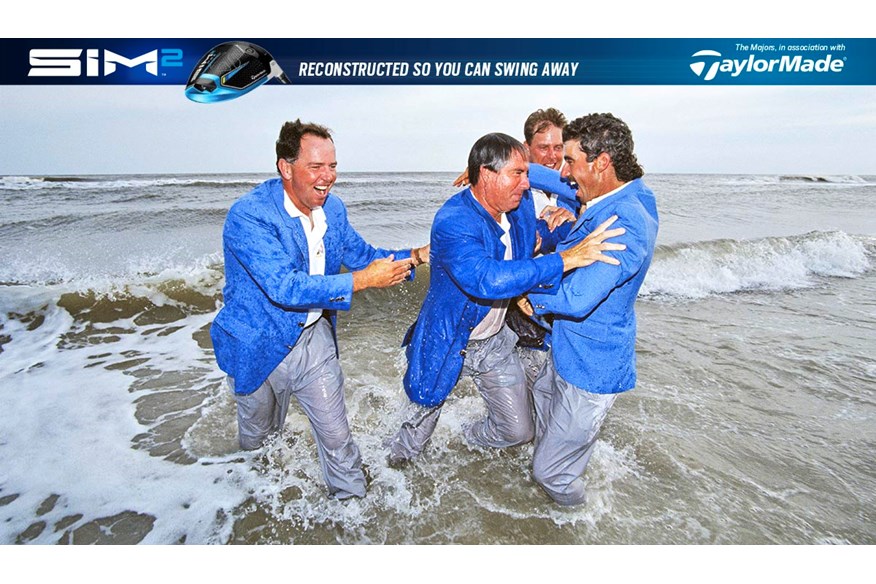
Jane James (Mark’s wife): It was like the scene in Crocodile Dundee, where he’s passed over the crowd’s heads in the station.
Hale Irwin: Everybody was exhausted. It wasn’t a late night. Once the competition is over, if you’ve got an axe to grind, put it in the barn. Everybody on both teams was getting along just fine. After the ceremony, we were walking back to the hotel, I was talking to Payne Stewart and out of the corner of my eye, I saw him suddenly go up in the air. Payne was in mid-stride and Woosie had put his head between Payne’s legs and lifted him up on his shoulders!
Bernard Gallacher: You could see from their reaction when Bernhard missed his putt how important it was for the Americans to have won. While I would obviously like to have won, in some ways it was good for the Ryder Cup that we did not.
Paul Broadhurst: The radio station rang back on the Monday morning before we left. I think they expected us to talk to them. They were wrong. But the guy who came on my phone invited me down to Charleston harbour “just to show there are no hard feelings.” I laughed. He knew we were leaving on Concorde at 9am.
RELATED: Our dedicated Major previews section
-
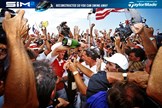 Kiawah Island's Ocean Course hosts the 2021 US PGA Championship, the second men's golf Major of the year, but was built for the infamous 1991 Ryder Cup.
Kiawah Island's Ocean Course hosts the 2021 US PGA Championship, the second men's golf Major of the year, but was built for the infamous 1991 Ryder Cup.
-
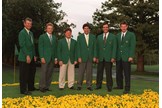 The early 90s saw a period of dominance for European golfers.
The early 90s saw a period of dominance for European golfers.
-
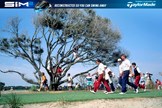 A fired-up Seve Ballesteros and Jose Maria Olazabal on day one of the 1991 Ryder Cup.
A fired-up Seve Ballesteros and Jose Maria Olazabal on day one of the 1991 Ryder Cup.
-
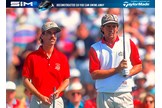 The Americans' camouflage set the tone on day one of the 1991 Ryder Cup at Kiawah Island.
The Americans' camouflage set the tone on day one of the 1991 Ryder Cup at Kiawah Island.
-
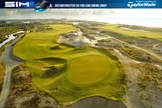 Kiawah Island's Ocean Course hosted the 1991 Ryder Cup, dubbed 'War on the Shore'.
Kiawah Island's Ocean Course hosted the 1991 Ryder Cup, dubbed 'War on the Shore'.
-
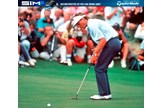 Bernhard Langer misses his putt at the 1991 Ryder Cup at Kiawah Island to hand Team USA victory.
Bernhard Langer misses his putt at the 1991 Ryder Cup at Kiawah Island to hand Team USA victory.
-
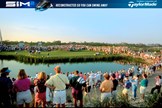 Huge, fired-up crowds made for a partisan atmosphere at Kiawah Island.
Huge, fired-up crowds made for a partisan atmosphere at Kiawah Island.
-
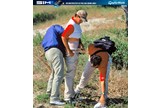 Steve Pate played through injury on the Saturday of the 1991 Ryder Cup but then withdrew from Sunday singles.
Steve Pate played through injury on the Saturday of the 1991 Ryder Cup but then withdrew from Sunday singles.
-
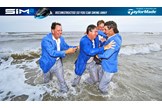 Team USA get in the ocean to celebrate their victory at the 1991 Ryder Cup at Kiawah Island.
Team USA get in the ocean to celebrate their victory at the 1991 Ryder Cup at Kiawah Island.
-
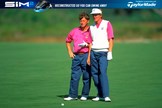 Ian Woosnam and Paul Broadhurst helped to bring Europe level at the 1991 Ryder Cup at Kiawah Island.
Ian Woosnam and Paul Broadhurst helped to bring Europe level at the 1991 Ryder Cup at Kiawah Island.
